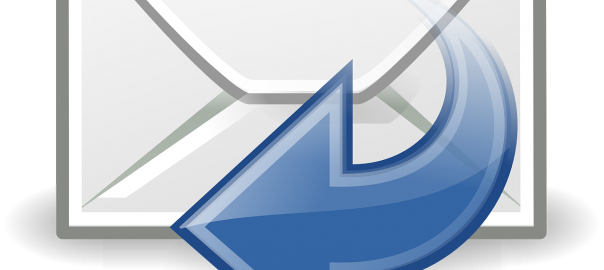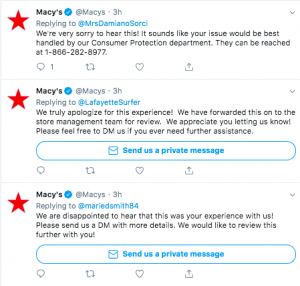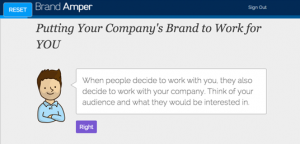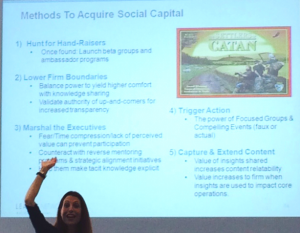— January 8, 2018
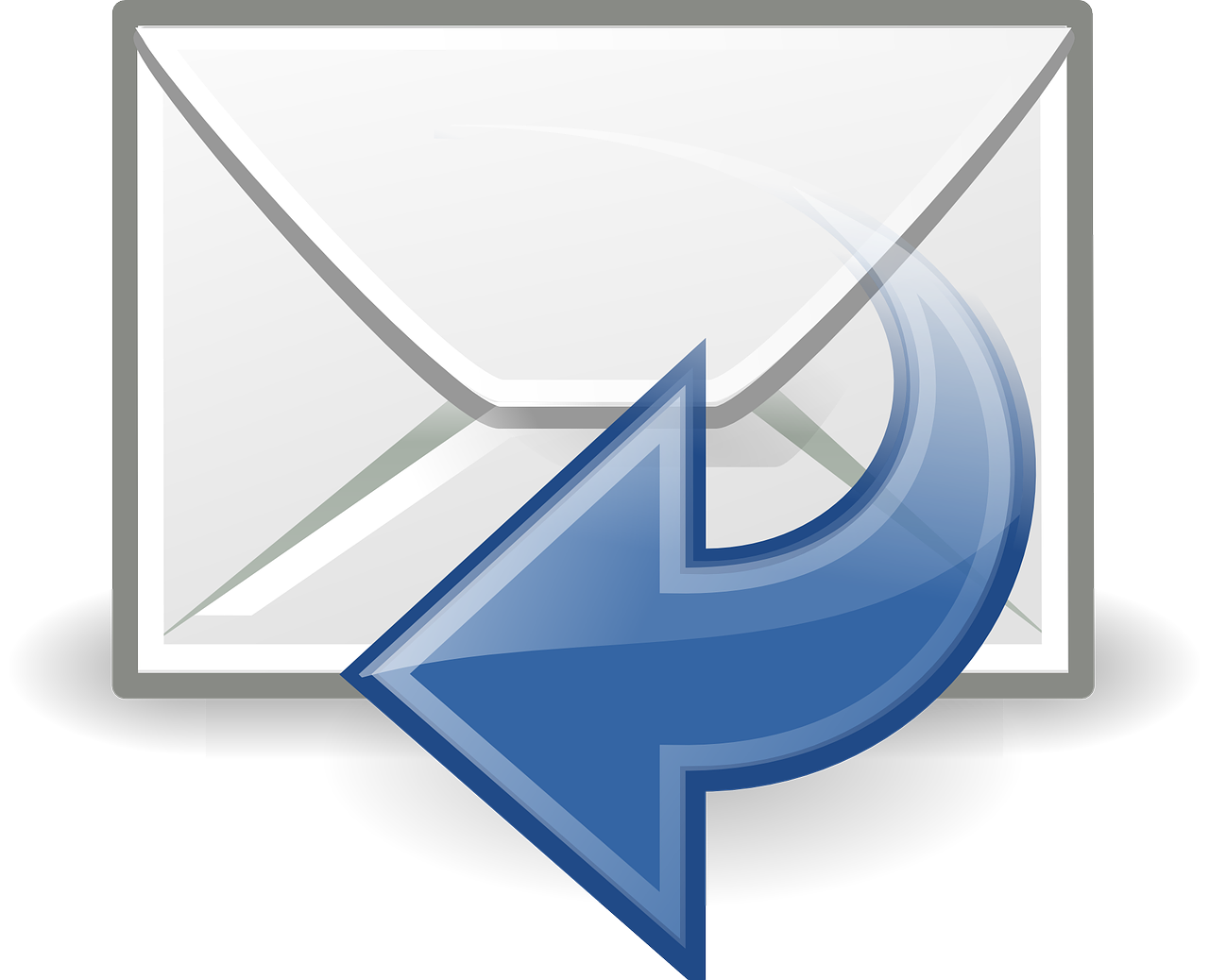
OpenIcons / Pixabay
An automatic email reply is commonly used when people go on vacation. It will let the recipient know how long the person will be away, who they can contact in case something is urgent and other important details. If you need a vacation from your email inbox or if managing it is an ongoing challenge, there is a simple way to cut back on responding. This is especially helpful to freelancers, solopreneurs, and anyone that just buried in emails.
I’ve included some steps you can take to better handle email without personally responding to each one.
1. Use an auto-reply message daily.
Think about setting up an auto-reply email on a regular basis to a general email address. It just takes a few minutes to help make responding more manageable, set expectations and potentially point people in the right direction in the moment.
Depending on your line of work, construct the email in such a way to get the recipient what they might be looking for based on the types of requests you tend to receive. In some cases, that may just mean that you send a short email that lets them know how soon you can get back to them personally. You can also indirectly point them to your website, social media pages or even link to a special video that might answer their question.
2. Use an auto-reply message to ward off unwanted requests.
It can give them a heads up on other expectations as well. For instance, many times people will email you with opportunities that aren’t a fit. Dealing with a high volume of these kinds of emails can be hard to manage. You can gently address this in the body of the message.
In my case, I am a website owner that has a blog on my site. I get regular inquiries for guest posts. I state on my contact page that I do not accept these types of requests, yet people email me and ask anyway. For this reason, I nicely echo that I do not accept guest posts in my auto-reply instead of taking the time to respond individually. Otherwise, the same person will follow up multiple times with that particular request if I don’t respond to them. After tracking how much time I spent on dealing with these types of emails, I decided that this type of inquiry doesn’t need my personal attention.
It’s normal for people to follow up when they haven’t heard back. Since I want to send a timely response and avoid having my inbox crowded with these kinds of requests, it’s easier for everyone involved to get a message out right away with an auto-reply message.
3. Customize your auto-reply message as best you can.
The auto-reply is also useful to point the people that are a fit for your products and services in the right direction. Sometimes people are looking to take action right away. They might want to set up an appointment with you or even buy something from you. The auto-reply is a quick way to get them the needed information. Insert links to your calendar or include any other specific details to filter their request correctly.
I’ve seen some automatic email replies help sift recipients to a different email or another person who handles specific requests.
For example, an assistant might handle administrative tasks such as billing, scheduling, and project management while a PR person might take care of any media requests. The recipient may not have found that information otherwise, and they can more readily get answers since the auto-reply email helps filter and guide different requests.
The Bottom Line
Using an email auto-reply message can benefit you and those that reach out to you. It can eliminate some of the unnecessary back and forth that comes with individually replying to each message. It can also explain the gist of ways in which you can work together or how to best look for the needed information.
Digital & Social Articles on Business 2 Community
(48)
Report Post